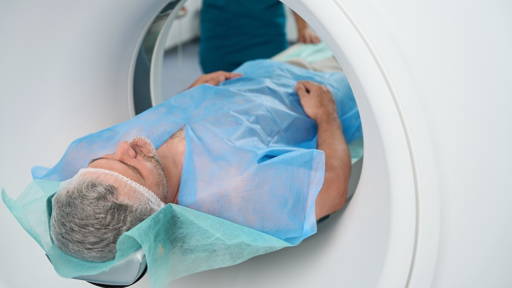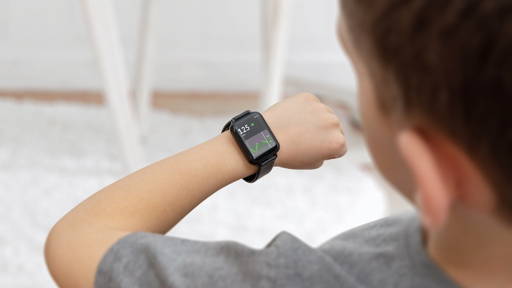A new AI-powered risk prediction tool developed by researchers at the University of Cambridge has shown promising results in identifying women at increased risk of developing interval breast cancer. This is a type of breast cancer that appears between routine screening mammograms and often has a poorer prognosis. The study, published in Radiology, analyzed over 134,000 screening mammograms from the U.K.’s national breast screening program.
“Interval cancers tend to be more aggressive and harder to treat,” explains Professor Fiona J. Gilbert, co-author and chair of radiology at the University of Cambridge. “Minimizing their occurrence is a key goal for any screening program.”
Personalized risk score
Using Mirai, a deep learning–based AI algorithm, researchers assessed each mammogram to generate a personalized 3-year risk score based on breast density and subtle imaging features invisible to the human eye. The model successfully predicted up to 42% of all interval cancers among women identified as being in the top 20% of risk scores, a potential breakthrough in personalized breast cancer screening.
“Our findings suggest that reviewing the top 20% of mammograms flagged by AI could help detect nearly half of interval cancers earlier,” says lead researcher Joshua W.D. Rothwell. “This could allow clinicians to offer supplemental imaging, such as MRI or contrast-enhanced mammography, to those at greatest risk.”
Stron predictive accuracy
The tool’s predictive accuracy was strongest within the first year after screening, making it a valuable aid for refining screening frequency and follow-up strategies. While the AI model performed slightly less effectively for women with extremely dense breast tissue, it still outperformed traditional risk assessment methods.
Every year, around 2.2 million women in the U.K. undergo breast cancer screening. According to Professor Gilbert, AI could play a transformative role in optimizing this large-scale program: “If 20% of women were recalled for additional imaging, that would mean about 440,000 women receiving further assessment, but with far greater precision in identifying those who truly need it.”
The next phase of research will focus on comparing commercial AI tools, modeling economic impact, and conducting clinical trials to evaluate real-world implementation. By integrating predictive AI into national screening programs, researchers believe it will be possible to move toward more personalized, data-driven breast cancer prevention, improving early detection while avoiding unnecessary imaging.
Breast cancer risk prediction
A couple of months ago a new AI-based technology for predicting breast cancer risk, Prognosia Breast, received “Breakthrough Device” status from the U.S. FDA, paving the way for accelerated clinical implementation. Developed at Washington University School of Medicine and licensed to Prognosia Inc., the software uses 2D and 3D mammography images to calculate an individual’s five-year breast cancer risk, relying solely on imaging data and age.
Trained on tens of thousands of historical mammograms from the Siteman Cancer Center, the AI detects subtle abnormalities invisible to the human eye and predicts cancer risk with over twice the accuracy of traditional questionnaire-based methods. Rather than replacing radiologists, Prognosia Breast supports them by flagging women who may need additional screening or preventive therapy. Since it integrates seamlessly into existing mammography infrastructure, implementation barriers are minimal. By identifying high-risk patients years earlier, the system could enable earlier detection, personalized prevention, and more effective treatment of breast cancer.







